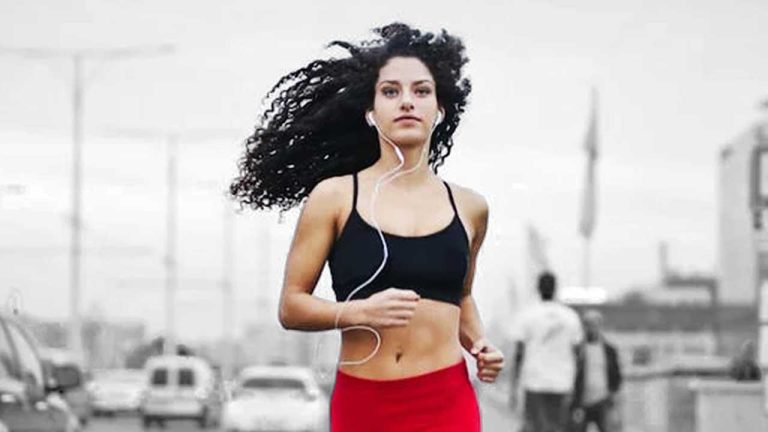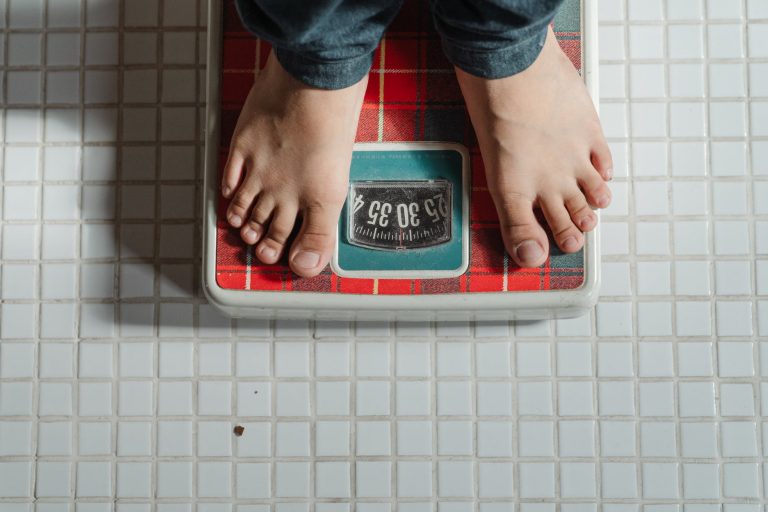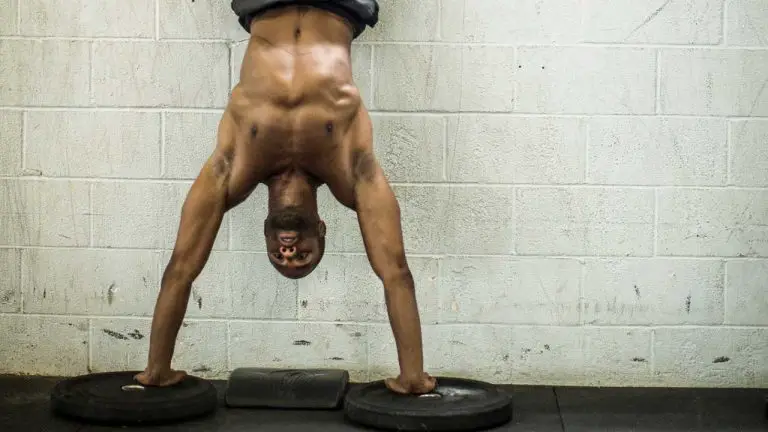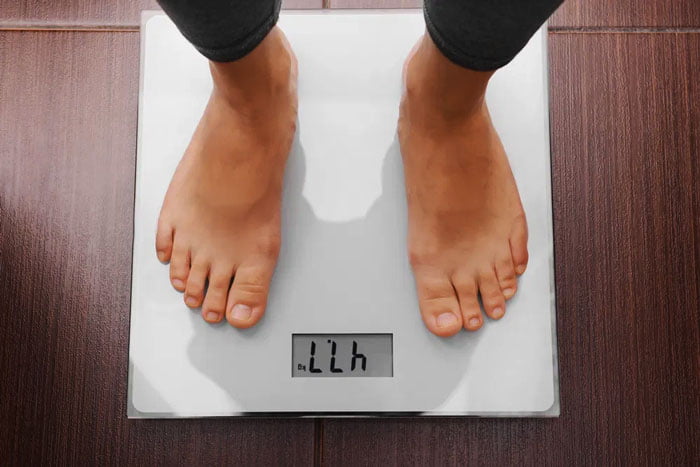Shin Splints when Running – Prevention and Recovery

ListedFit is reader-supported. When you buy through links on our site, we may earn a small commission.
Shin Splints when Running – Prevention and Recovery
Running is an excellent form of exercise that is great for easing the stress of a long day, but as with all forms of exercise there is always the potential of excessively straining your muscles from a lack of preparation and taking proper preventative measures. Shin splints when running is one such example of a strain that can occur and is actually quite common among runners and athletes.
If you have ever found yourself with a dull aching pain in the front of your leg after a long
run that increases in intensity whenever you put your body into motion, then it is likely you have a case of shin splints.
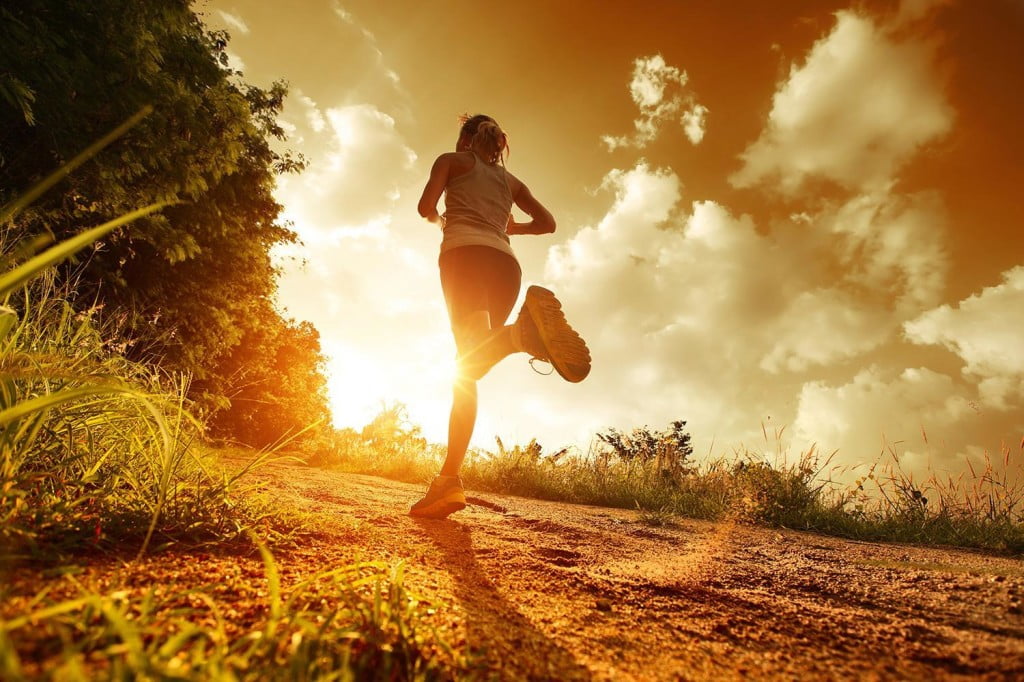 How To Avoid Shin Splints When Running
How To Avoid Shin Splints When Running
Given that shin splints are the effect of an excessive strain on your lower frontal leg muscles it is pertinent to avoid shin splints when running by properly stretching beforehand.
Stretch
Choosing stretches that focus on the muscles of the leg, then performing the stretches in proper form and duration are ideal to not only prevent injury, but make your run more smooth and less strenuous. Check out the diagrams below from WikiHow.
Wear the right shoes
It is also important that before you run that you are outfitted with proper fitting shoes that are snug, but not so tight that they compress your feet and cut off circulation or reduce blood flow. Also choosing a pair of shoes that are designed for runners that are lightweight, have ample ankle support, and have added buffering on the front and underside allow for an enhanced running experience and strain prevention.
How Shin Splints Are Treated
The best way to treat shin splints when running is to begin by reducing the amount of strain on your leg muscles.
While debilitating as it is to your daily routine it is best to avoid any kind of walking, and to take a couple days off from any running schedule you may have established.
After reducing your physical activity to the bare minimum required to get you by throughout the day, you need to assure that you periodically apply ice to the muscles that surround your shin. This will reduce swelling and tenderness while also increasing blood flow to the injured region, thus reducing recovery time.
While not required, keeping your leg elevated at night by propping it up upon a pillow or two will also speed up the recovery process. During this recovery time period it is important to practice proper stretching techniques that isolate the muscles of the leg, these include calf stretches, tow walking, and heel walking.
As you progress through the recovery process you can begin to gradually increase the amount of physical activity you engage in, this is best done by taking short walks, then day by day increasing the distance you walk until you feel less pain and enough comfort in your walking to up the intensity to a slow jog.
If at any moment the pain in your shin region starts to increase, stop whatever exercise you are performing and return back to the status of resting, icing, and stretching so that your muscles are given enough time and care to return to their previous state of proper functioning.
Conclusion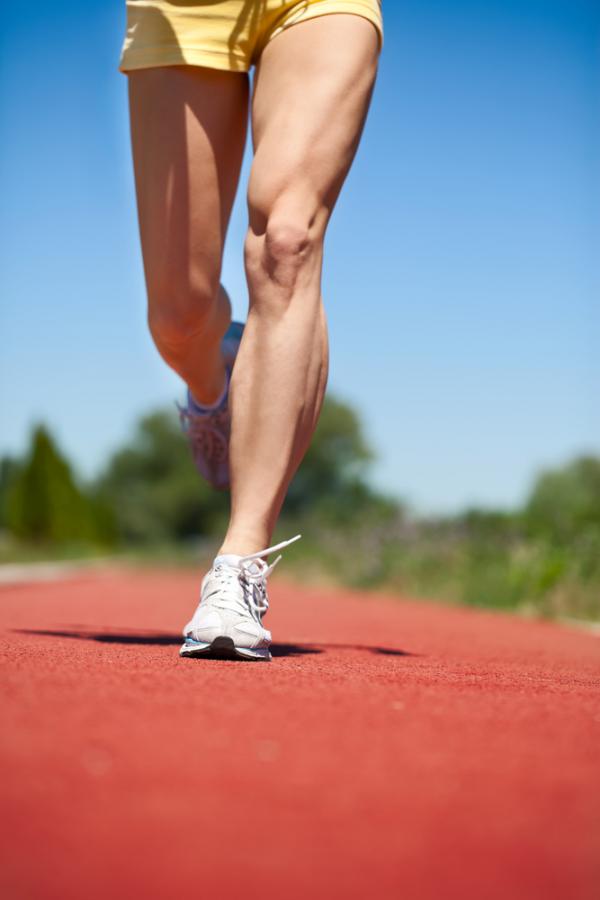
Choosing to be an avid runner, or recreationally allocating your free time during the day to engage in running is greatly beneficial to not only your physical health, but also your mental health.
While there are many benefits to be had from running, there is always the danger present of incurring an injury such as an excessive strain seen with shin splints.
Shin splints when running are very painful and can put quite the hamper on your ability to perform your routine, but with proper knowledge on the cause, prevention, and treatment methods, this damaging injury can be avoided or alleviated in its entirety.
Author
Latest entries
 FitnessAugust 19, 2023Yohimbe vs Yohimbine: A Quick Comparison Guide
FitnessAugust 19, 2023Yohimbe vs Yohimbine: A Quick Comparison Guide AshwagandhaJune 16, 2023Is Ashwagandha Good for Working Out? Key Benefits Explored
AshwagandhaJune 16, 2023Is Ashwagandha Good for Working Out? Key Benefits Explored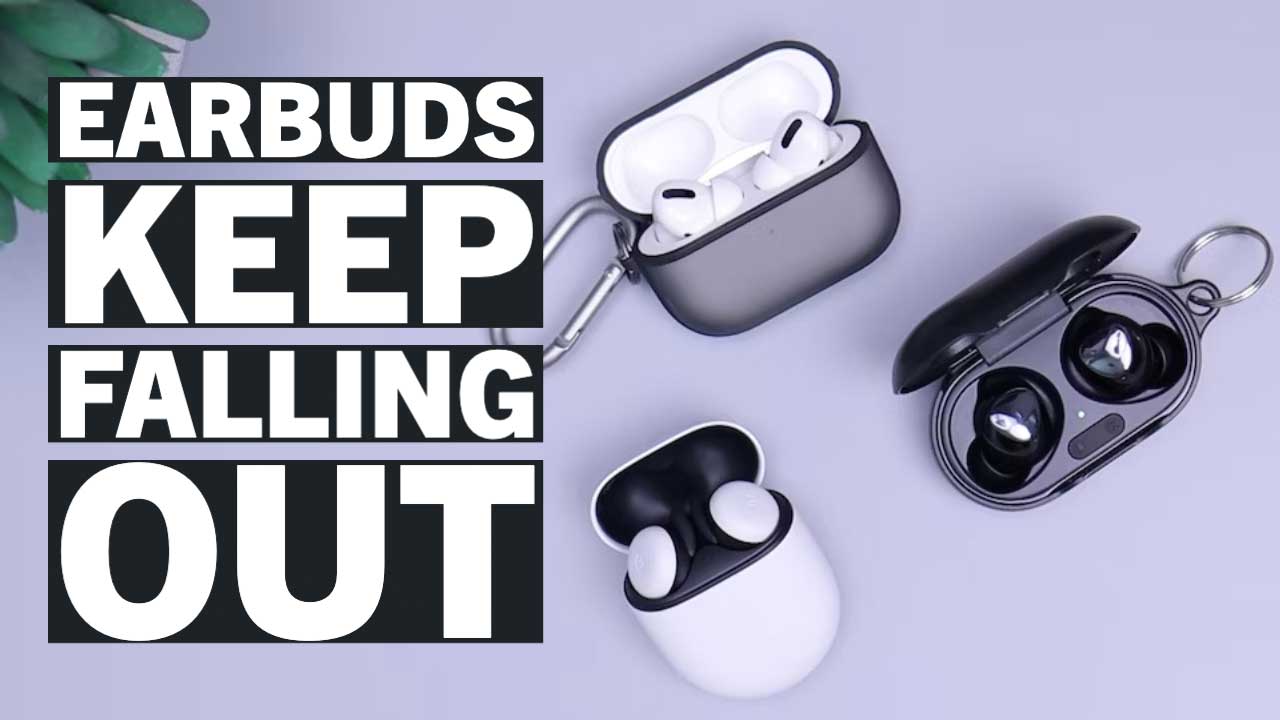 Sports HeadphonesMay 25, 2023Why Your EarBuds Keep Falling Out – Quick and Easy Solutions
Sports HeadphonesMay 25, 2023Why Your EarBuds Keep Falling Out – Quick and Easy Solutions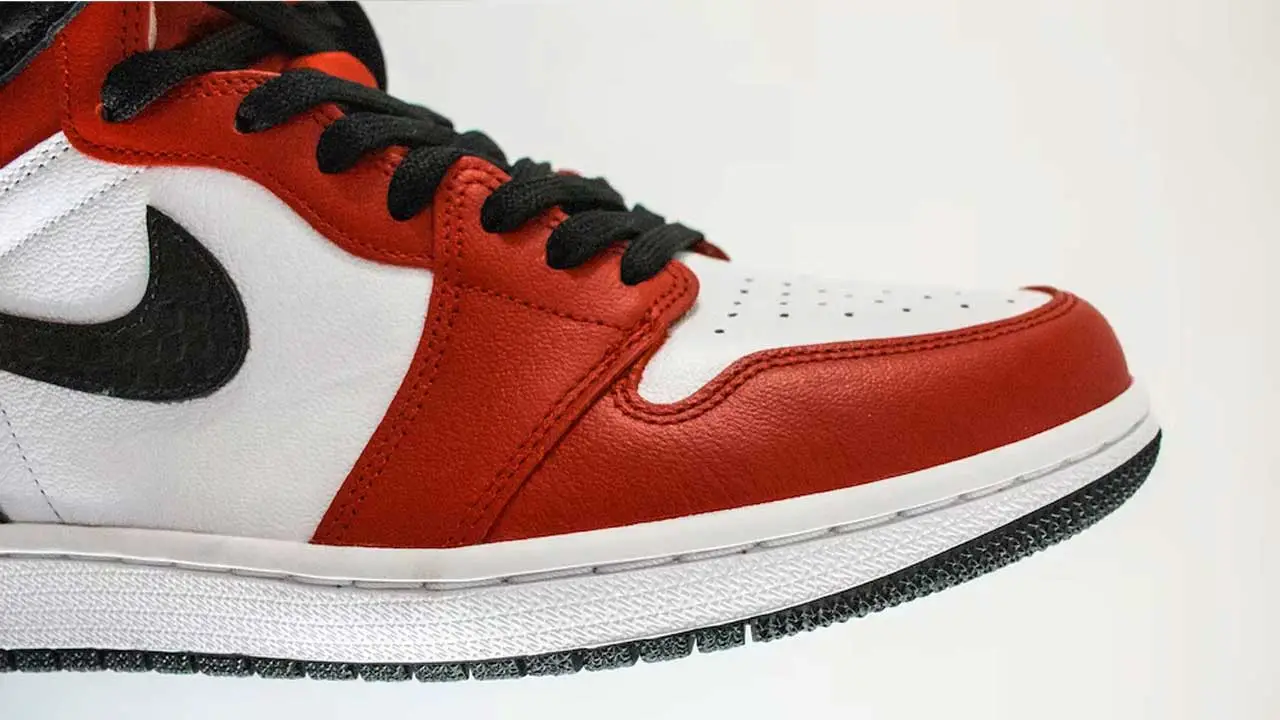 Nike ShoesMay 12, 2023Do Nikes Run Big or Small? Decoding the Perfect Fit
Nike ShoesMay 12, 2023Do Nikes Run Big or Small? Decoding the Perfect Fit
Affiliates:
This post may contain affiliate links that at no additional cost to you, the site may earn a small commission. We only recommend products we would use ourselves and all opinions expressed on this site are our own.
General Advice:
The information provided in this article is for general informational purposes only. It is not intended as a substitute for professional advice. Always consult with a qualified healthcare professional before starting any new diet, exercise program, or making changes to your health routine.
Accuracy Advice:
While we strive to provide up-to-date and accurate information, the content in this article may not reflect the most current research or medical guidelines. We encourage readers to do further research and consult with professionals for more personalized advice.
Our Recommendations:
The products and services mentioned in any of our articles are recommended based on our independent research and personal experience. We are not sponsored by any company. We aim to suggest products and services we believe are of high quality and could be beneficial to our readers.


